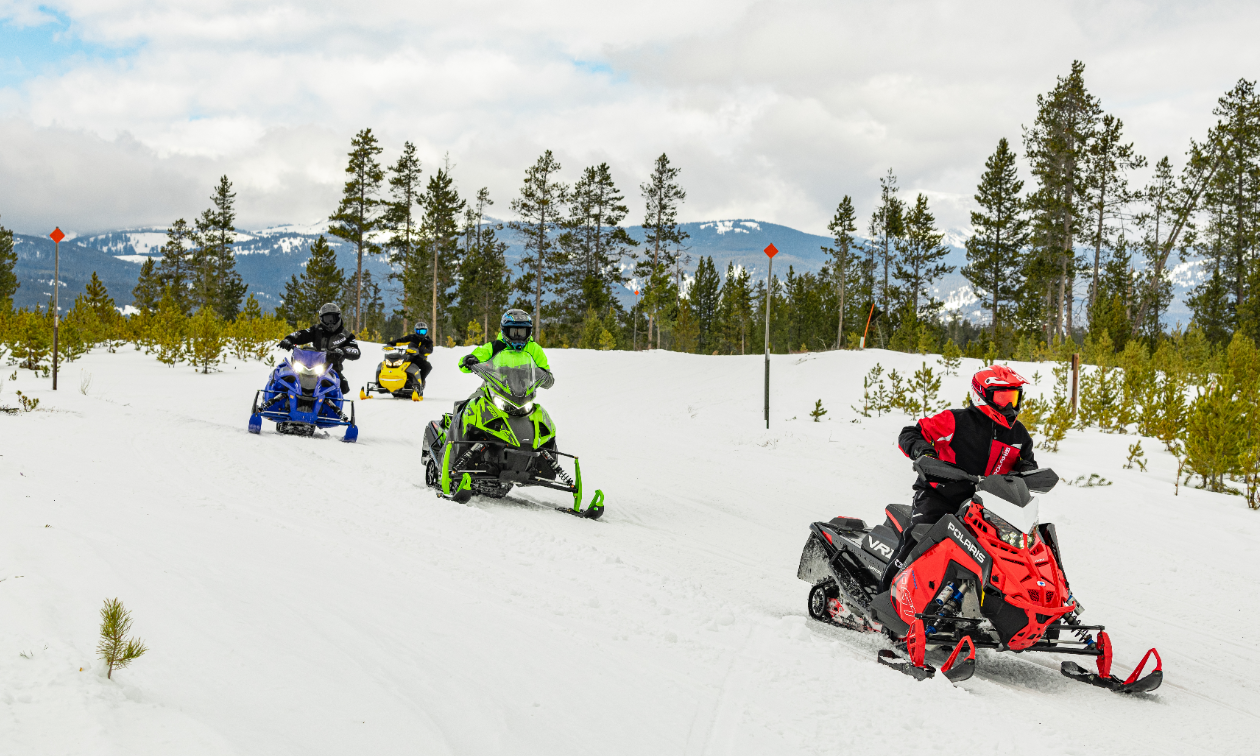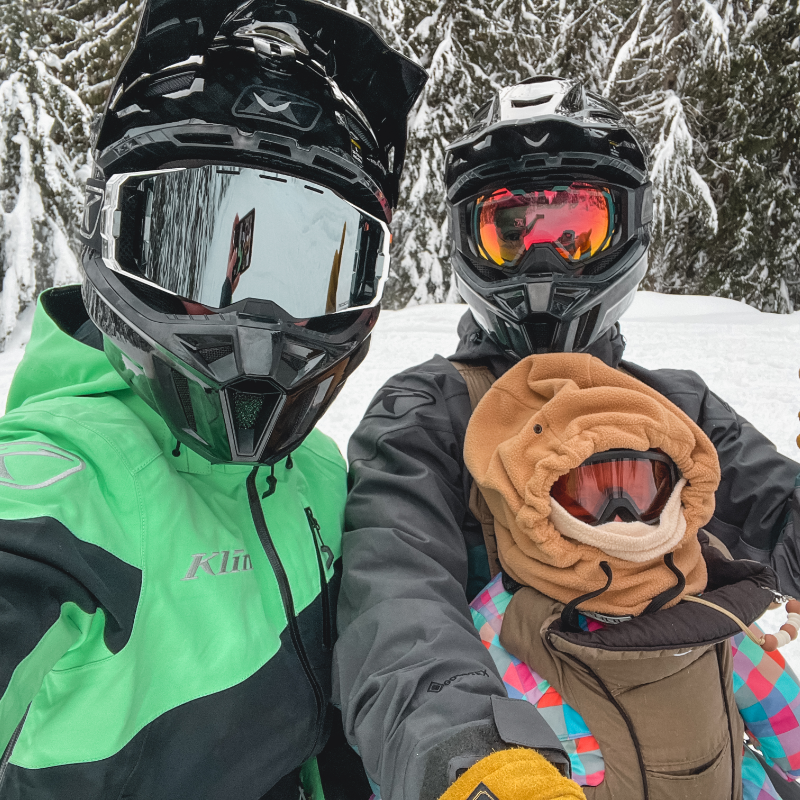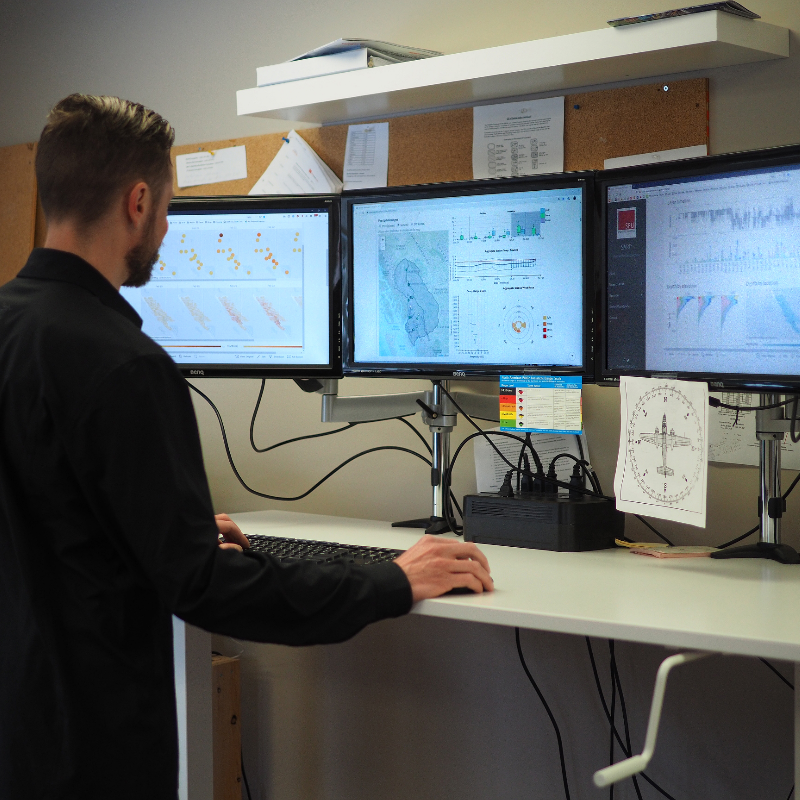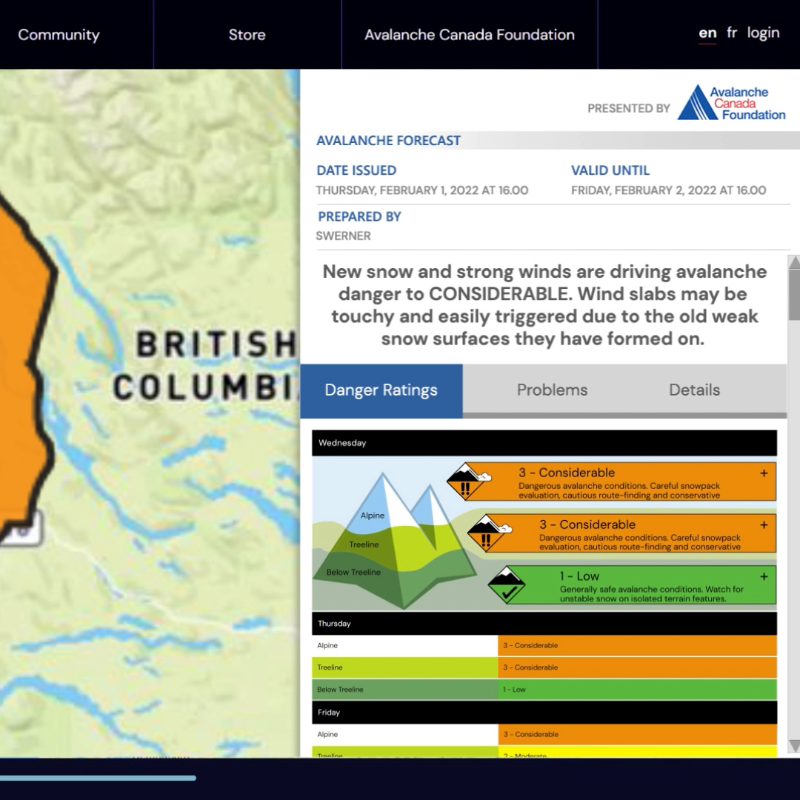“Watch out!”
Those are usually the last words heard before a disaster. Fortunately, you’re looking at an electronic device and not about to collide with a fellow snowmobiler. That could be trouble. Heed these words from four respected club presidents and directors as they give us their take on how to keep safe while riding snowmobiles on and off the trails.
Hartley Pokrant, president of the Belair ATV Club:
What are some safety tips that ATVers can use on and off the trail?
My biggest concern is speeding. When riding off-road trails, people forget that there are many unexpected obstacles like rocks, ruts, tree deadfall, overhanging tree limbs and oncoming riders that can catch a rider off guard and not be able to react fast enough to avoid the danger. Ride under control and keep to the right.
Ensure you wear proper safety equipment like a helmet, gloves, eye protection and suitable footwear. Another one of my concerns is that youth riders are properly trained and supervised on the trail and also riding a machine that is not oversized or too powerful for their size. In addition, make sure your ORV is properly registered and that you have adequate liability insurance. It is also important that you carry some basic first aid supplies, a tow rope, spare drive belt and a GPS.
Ride with someone familiar with the trails.
Don Eidse, past president of ATVMB and current president of Eastman ATV Association:
What are some safety tips that ATVers can use on and off the trail?
Join a club. You will learn so much more at a much faster rate. Kids learn better from witnessing the positive riding behaviours of club members and peers rather than just learning from their parents.
If you’re not on a club ride, make sure that you have a ride plan and share it with someone at home. Be aware that you can end up out of phone service areas and if you have a mechanical failure or an injury, a fun day can quickly turn into a very serious situation.
Make your own safety protocols—check your machine before the ride—then follow the protocol without fail. This will save your ride integrity time and time again.
Gary Hora, current President of ATVMB and President of the Woodridge Sandhogs ATV Club:
What are some safety tips that ATVers can use on and off the trail?
First check local conditions, such as fire hazard ratings. Check if the trails are open in the area and what the conditions are. Be prepared for changing weather conditions.
Be mindful of cell service availability. Not all riding areas have cell phone coverage, so if you have a need for EMS, you may need to know where the nearest town is to make that call.
Ride in groups. If you ride alone, consider investing in a SPOT tracking device to keep in touch with family or friends.
Dan Kruse, director of the Calgary ATV Riders Association:
What are some safety tips that ATVers can use on and off the trail?
Keep your machine clean. Proper maintenance is key to riding. This means keeping your radiator clean, which prevents having mud packed in it or having too much dust clogging it. Having a dirty radiator can lead to overheating your machine. Everyone should always wash it out after every ride, in my opinion.
If you see something loose or broken on your ATV, get it fixed before you go out for a ride. This can minimize the chances of a breakdown and getting stranded while out riding.
When riding any kind of ATV, you should always have a helmet on, and I highly recommend also wearing goggles. I really like mine that I got from Flow Vision Canada.
Be prepared for an emergency. You should always have a first aid kit in your unit. Bear spray is a must when you are riding in bear country. Keeping a map or having a GPS also helps to keep you safe and on the right trails.
The on-trail tips I would say are just as important as the off-trail. When you go out riding, always go out with a friend with another ATV. You never know when something might happen, you might break down, get stuck or get hurt. If anything like that happens, you have another way out to get help.
When you are riding at your skill level, don’t get yourself into a situation that you don’t know how to deal with. Never be afraid to ask a fellow rider for help, such as how to get through an obstacle.
There is a simple hand gesture that can be given to help everyone. When you ride up to someone on the side of the trail when they are stopped or even if you’re the one who is stopped. Give a simple thumbs up or thumbs down to let the other person know if everything is ok or not. The other good thing to know if you’re passing another rider on the trail and your group has another few members give them a number with your hand so they know how many people are behind you or just stop and tell them how many to come. For example, if there are two machines behind you, hold up two fingers. If you are the last rider, hold up a closed fist. This way everyone knows how many riders will be coming past, which is especially important if it is a narrow trail and someone has pulled over to let your group pass. You can let them know you are the last rider and it is safe for them to continue.







